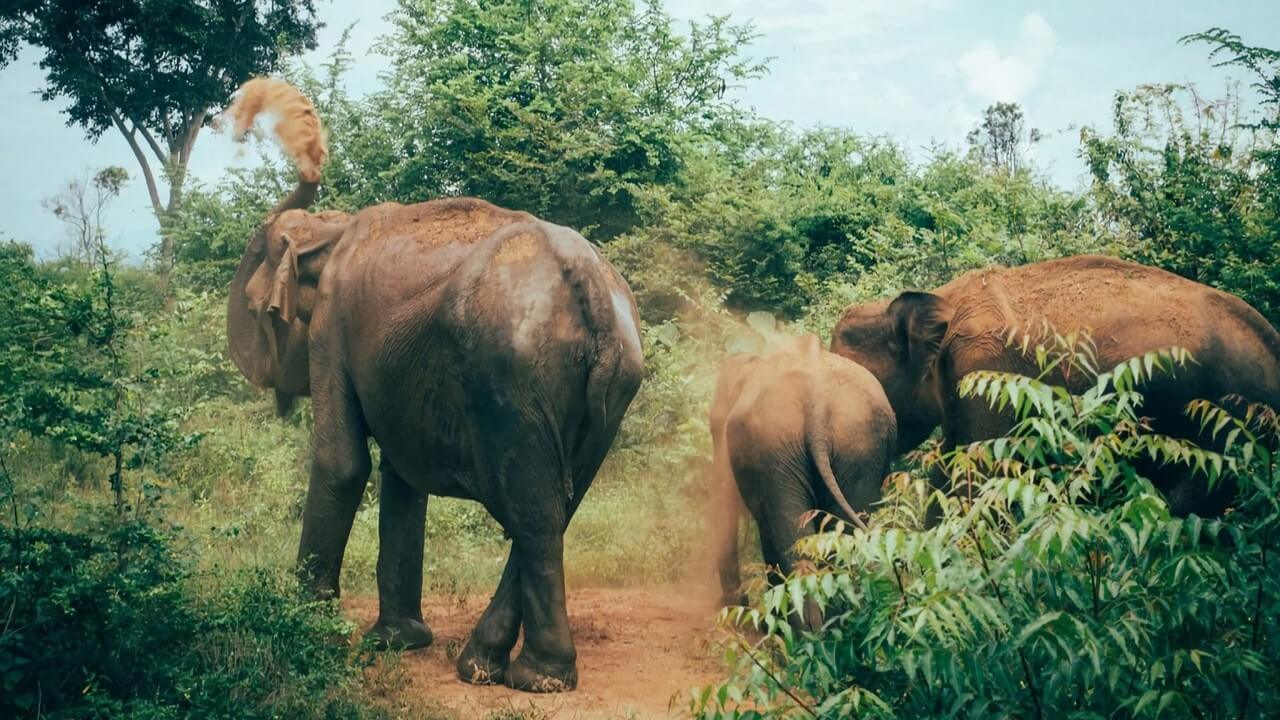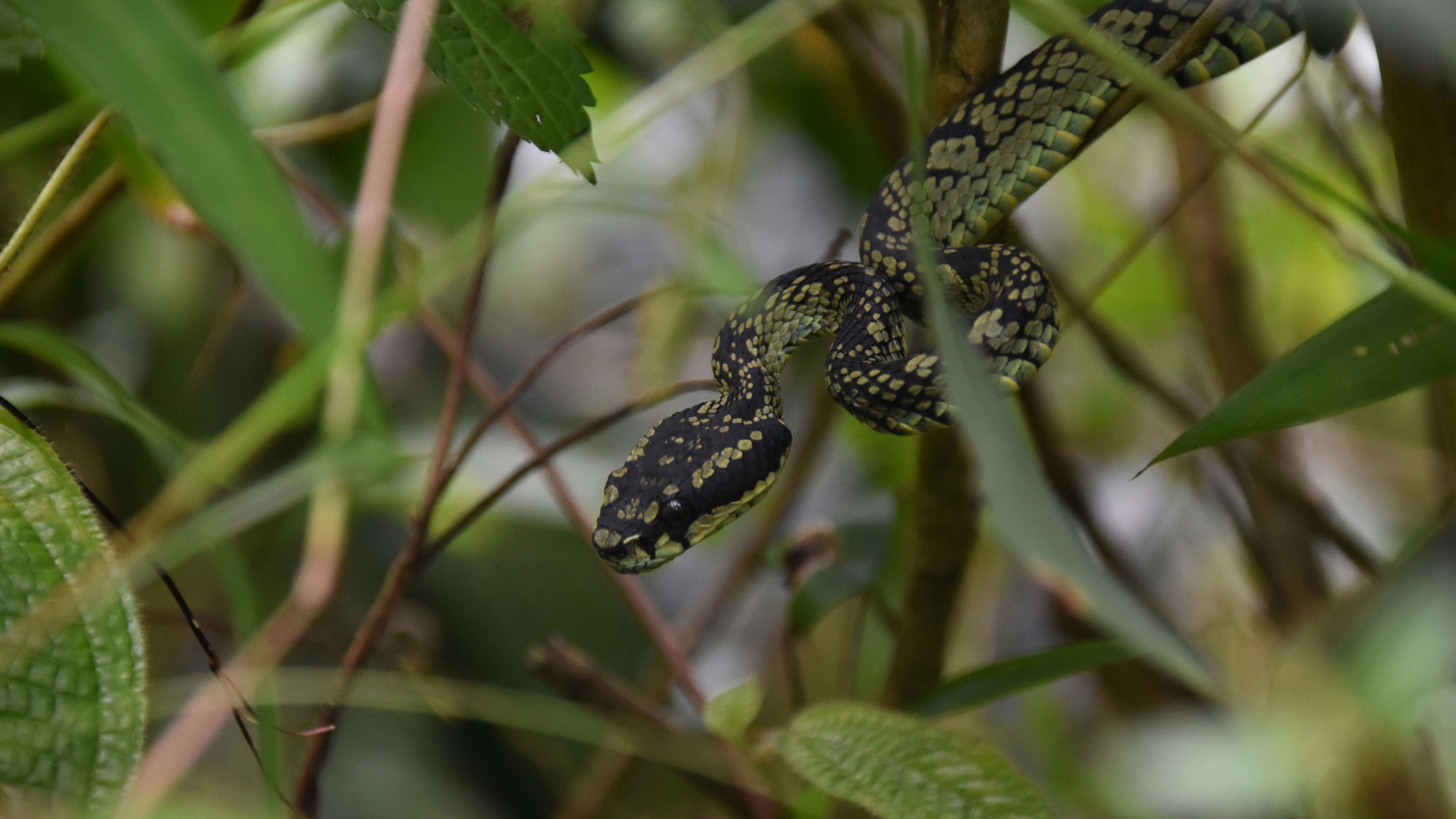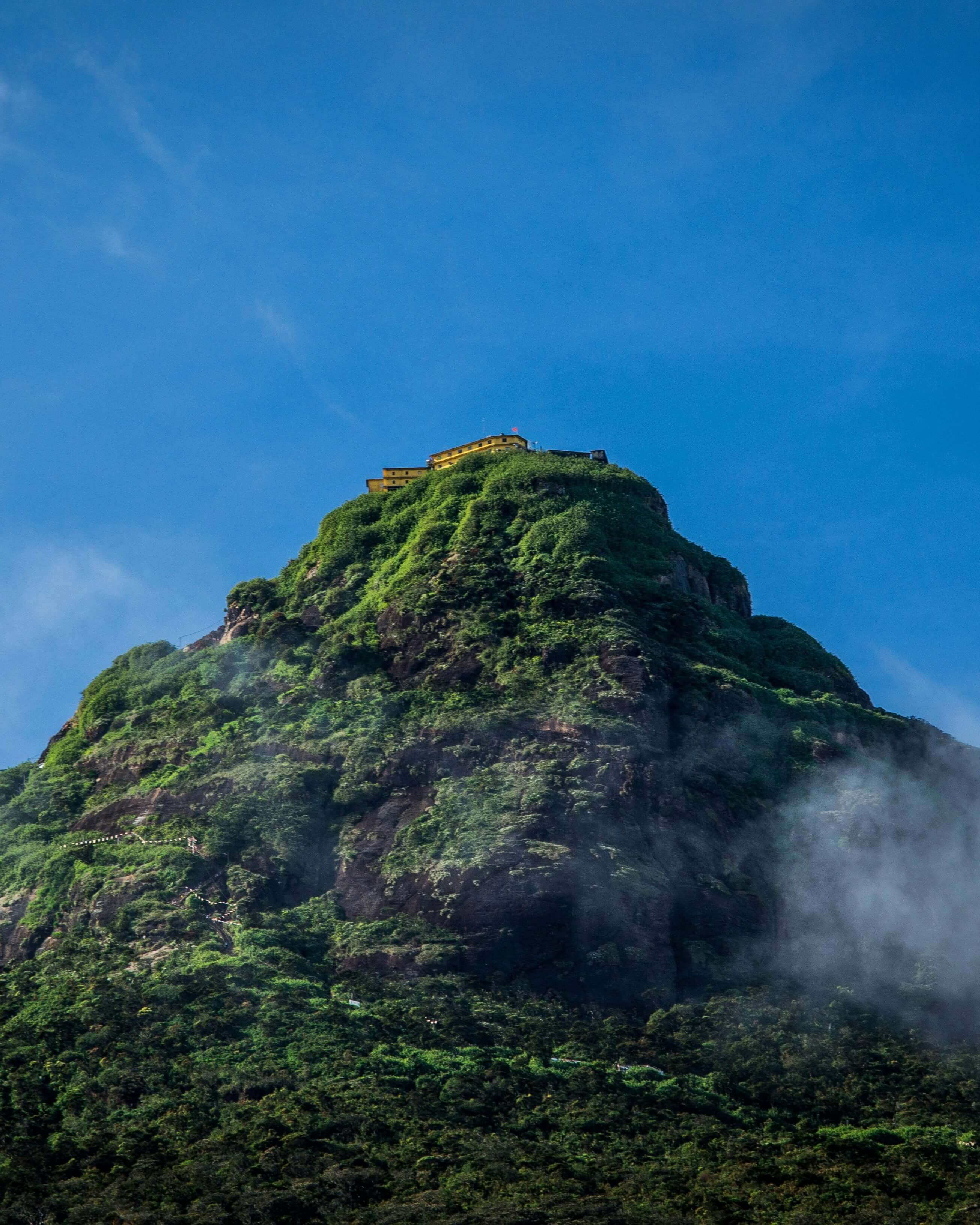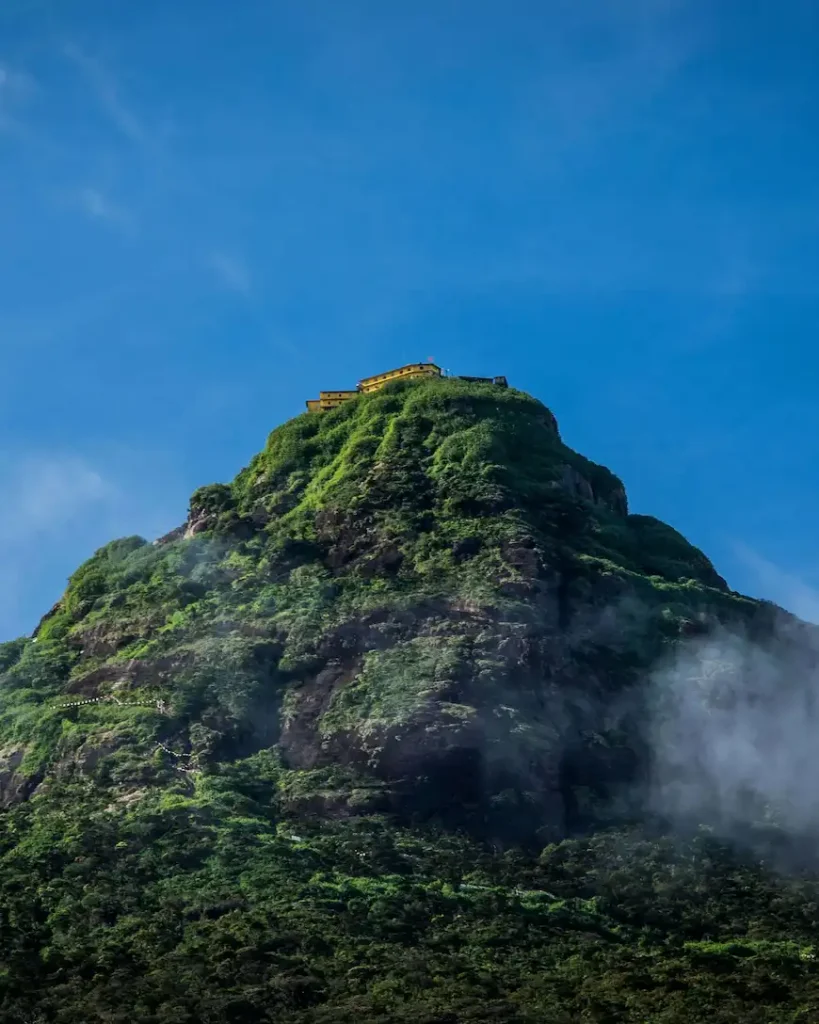
Hill Country Cities
Rathnapura
Sri Lanka
💎 City of Gems: Discover Ratnapura, Sri Lanka’s gem capital, where dazzling sapphires, rubies, and other precious stones are mined and crafted.
⛰️ Nature & Adventure: Trek through the lush Sinharaja Rainforest, a UNESCO World Heritage Site teeming with exotic wildlife, rare flora, and breathtaking waterfalls.
🏞️ Scenic Waterfalls: Explore the stunning Bopath Ella, Katugas Ella, and Kirindi Ella waterfalls, perfect for nature lovers and photographers.
🐘 Wildlife Encounters: Visit Udawalawe National Park nearby for an unforgettable safari experience with elephants, leopards, and diverse birdlife.
🛕 Cultural & Religious Sites: Pay a visit to Saman Devalaya, a sacred shrine dedicated to God Saman, protector of the sacred Adam’s Peak (Sri Pada).
INTroduction
Nestled in the verdant foothills of Sri Lanka’s central highlands, Ratnapura is a city steeped in history, nature, and cultural significance. As the island’s legendary hub of gem mining, Ratnapura has earned its name, meaning “City of Gems,” where dazzling sapphires, rubies, and other precious stones have been unearthed for centuries. This city has not only fueled the island’s economy but also played a pivotal role in Sri Lanka’s royal and global trade history.
History, Nature and Cultural Heritage
At the heart of Ratnapura’s identity is its ancient gem industry, where traditional mining methods continue to thrive. Visitors can explore gem museums, bustling markets, and mines to witness firsthand the artistry and craftsmanship behind Sri Lanka’s world-famous gemstones. For centuries, Sri Lankan monarchs and international traders sought these priceless jewels, adding to the city’s enduring legacy.
Beyond its gems, Ratnapura is also a gateway to nature and adventure. The city serves as the main entry point to Adam’s Peak (Sri Pada), a sacred mountain revered by Buddhists, Hindus, Christians, and Muslims alike. Pilgrims and trekkers alike embark on the challenging ascent to witness the legendary footprint and breathtaking sunrise at its summit. Additionally, Sinharaja Rainforest, a UNESCO World Heritage Site, offers an unparalleled biodiversity experience, home to rare flora, vibrant birdlife, and cascading waterfalls.
The city is also adorned with historical and religious landmarks. The Saman Devalaya, dedicated to the guardian deity of Ratnapura, stands as a significant spiritual site where centuries-old traditions and festivals take place. Nearby, ancient temples and colonial-era architecture highlight the city’s rich cultural blend.
Surrounded by misty hills, fertile paddy fields, and pristine waterfalls like Bopath Ella and Kirindi Ella, Ratnapura embodies a harmonious balance between history, culture, and nature. Whether you seek the allure of rare gemstones, the thrill of jungle adventures, or the serenity of sacred sites, Ratnapura remains an essential destination in Sri Lanka’s diverse landscape.
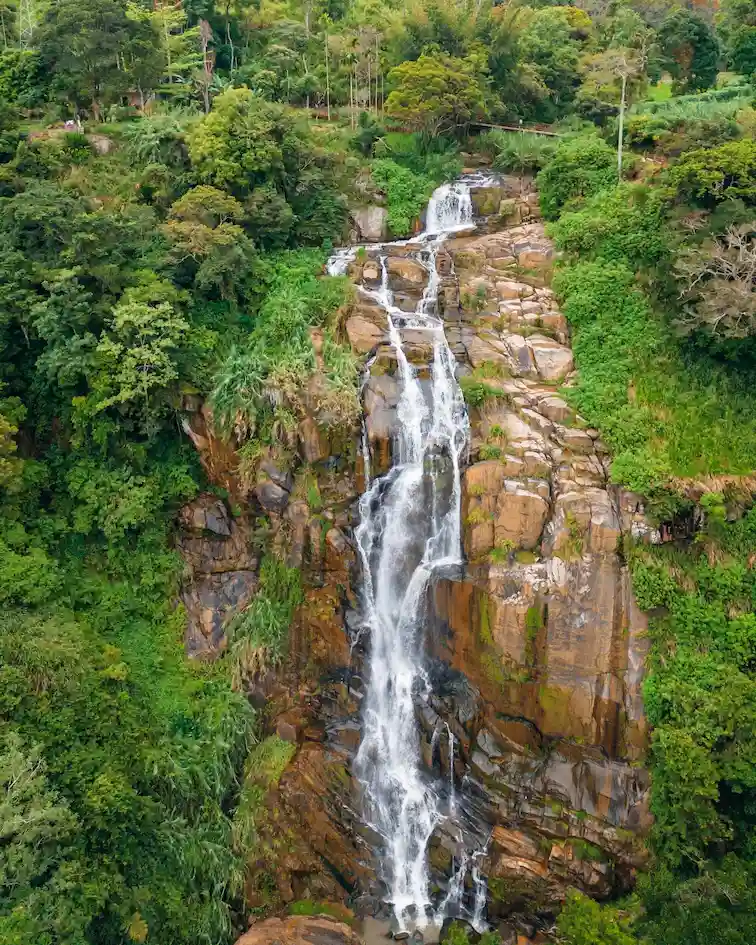
Things to Keep in Mind
Dress Code: Wear light, breathable clothing suitable for the tropical climate. If visiting temples like Saman Devalaya, ensure your shoulders and knees are covered.
Footwear: You must remove shoes when entering temples, so carrying a pair of socks will help protect your feet from hot surfaces.
Weather Considerations: Ratnapura experiences frequent rain showers, so bring an umbrella or a raincoat, especially if exploring the surrounding nature trails.
Guided Tours: Hiring a local guide can provide deeper insights into Ratnapura’s gem industry, cultural sites, and hidden natural wonders.
When Should You Visit Rathnapura City?
Cultural and Festive Highlights
- Poya Days (Full Moon Days): Temples like Maha Saman Devalaya become vibrant with religious rituals, offerings, and traditional drumming.
- Esala Perahera (July/August): The grand procession at Saman Devalaya, featuring traditional dancers, drummers, and decorated elephants, is a must-see.
- Sri Lankan New Year (April): A time of festive celebrations with cultural games, traditional sweets, and religious observances across Ratnapura.
💡 Tip: For a culturally immersive experience, visit during the Esala Perahera to witness one of Ratnapura’s most spectacular festivals.
Best Time for Sightseeing and Adventure
Best Weather(January-August)
- Dry Season (January–May): Ideal for exploring waterfalls, gem mines, and Sinharaja Rainforest. The trails are dry, and the rivers are calmer.
- June–August: While occasional showers occur, the surrounding landscapes remain lush and vibrant—perfect for nature lovers and photographers.
Rainy Season (September–December)
- Heavy rainfall enhances the beauty of waterfalls like Bopath Ella and Dodam Ella but can make trekking trails in Sinharaja slippery.
- Flooding is possible in some areas, so plan outdoor activities accordingly.
Getting to Rathnapura: Travel Options and Tips
By Train
Ratnapura is accessible by train, offering a scenic journey through lush landscapes.
- Colombo to Avissawella (Kelani Valley Line): Trains run from Colombo Fort to Avissawella, the nearest major station. From there, a bus or taxi is needed to reach Ratnapura.
- Travel Duration: Approximately 3–4 hours, including the transfer.
- Booking Tip: Reserve tickets in advance through Sri Lanka Railways for a comfortable journey.
By Bus
Regular buses operate between Ratnapura and major cities, providing an affordable travel option.
- Luxury and Semi-Luxury Buses: Air-conditioned private buses offer a comfortable ride.
- CTB Public Buses: A budget-friendly choice, though less comfortable for long journeys.
Travel Duration:
- Colombo to Ratnapura: 2.5–3 hours (100 km)
- Kandy to Ratnapura: 3–4 hours (125 km)
- Galle to Ratnapura: 3.5–4.5 hours (160 km)
By Car or Taxi
Hiring a private car or taxi is the fastest and most convenient way to reach Ratnapura.
- From Colombo: 2.5–3 hours via the A4 Highway.
- From Kandy: 3–4 hours
- From Galle: 3.5–4.5 hours
- Cost: Expect LKR 12,000–20,000 for a one-way trip from Colombo.
- Pro Tip: Use PickMe, Uber, or local taxi services for reliable transport.
interactive MAP
Tips for Travelers
- Book Early: This is a popular service, especially for tourists, so booking in advance is highly recommended.
- Bring a Camera: The Calypso Train offers incredible views of Sri Lanka’s hill country, making it a perfect opportunity for photography.
- Dress Comfortably: While the train is luxurious, it’s also important to be comfortable, especially if you’re traveling for several hours.
Explore More Hill Country Cities!
Don’t stop at Ratnapura—discover the breathtaking landscapes, rich gem history, and lush rainforests of Sri Lanka’s Hill Country. From dazzling waterfalls to hidden trails, each destination offers a unique adventure.
Select Your Next City Now! 👉

